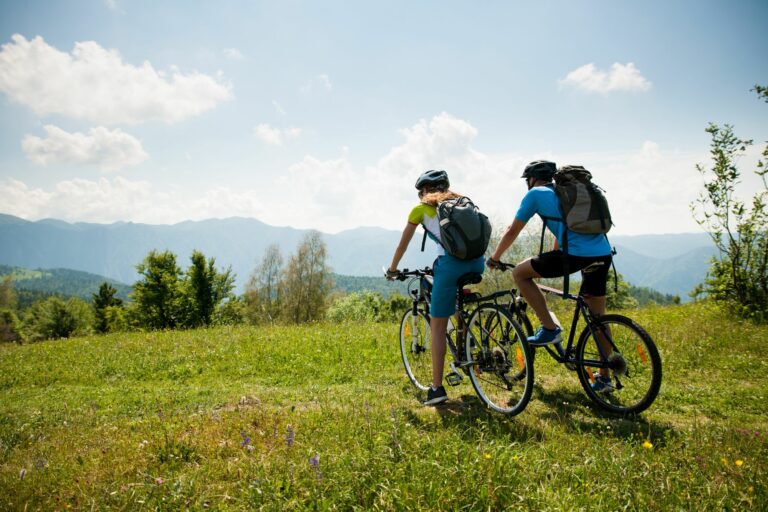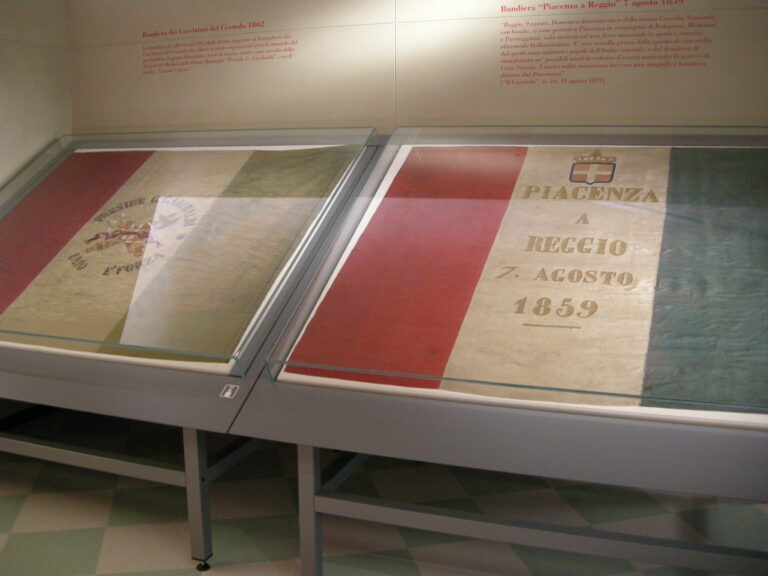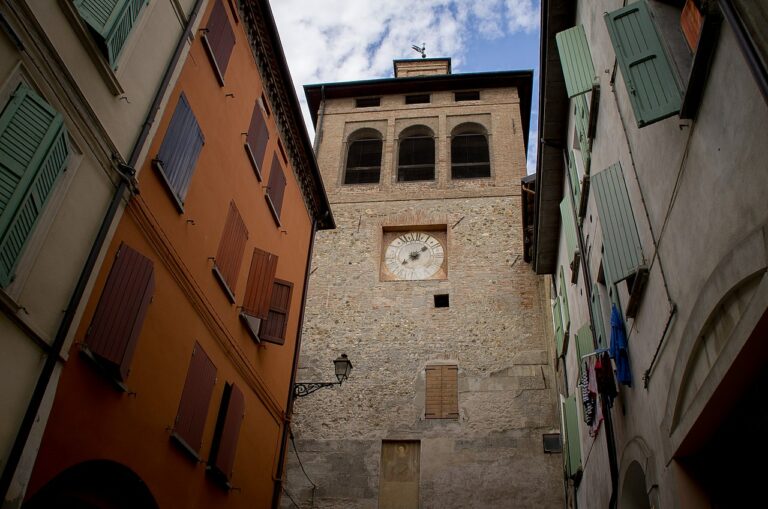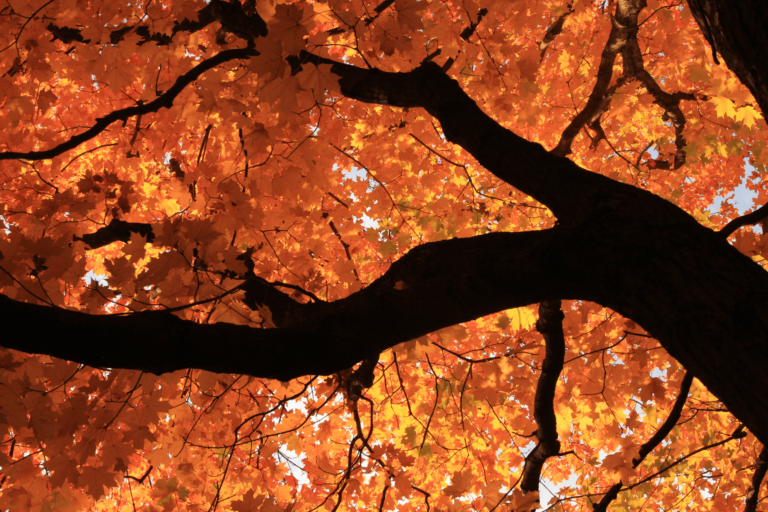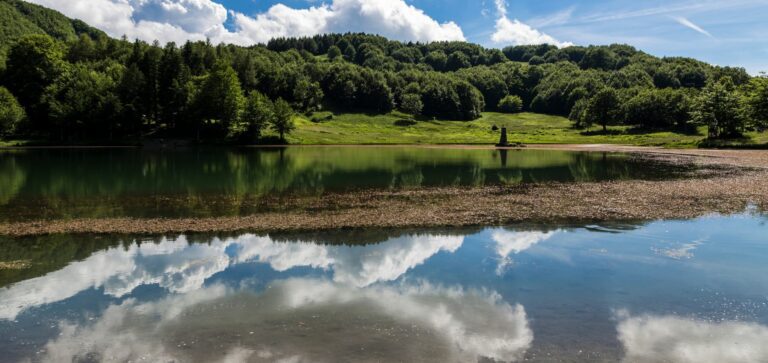Located in the center of Emilia Romagna, Modena is a delightful city in the Po Valley that rises along the Via Emilia, the ancient Roman road of Marco Emilio Lepido, founder of Mutina in 183 BC. together with Parro and Crispino. The city was the capital of the Este duchy from 1598 to 1859, years during which Modena experienced a period of extraordinary splendor and was enriched with numerous religious and civil buildings that gave it a majestic and solemn appearance.
A city on a human scale where the charm of history is combined with modern creations, Modena is, throughout the world, synonymous with good food. In this city, eating well is an art handed down from generation to generation, capable of giving life to delicious dishes that do not forget their peasant origins. Typical Modenese cuisine offers numerous and varied delicacies such as Parmigiano-Reggiano, Traditional Balsamic Vinegar of Modena, Modena Ham, Lambrusco Wine and the legendary Tortellini in broth made with a filling based on pork, ham and Parmesan .
Pleasant in every season, Modena offers the visitor extraordinary and fascinating beauties, all concentrated in its suggestive historical centre. In particular, the city is famous for the Piazza Grande, the Cathedral and the Ghirlandina Tower, which since 1997 have been declared World Heritage Sites by Unesco. Piazza Grande is the social and political center of the city and the place where the most significant and best-loved monuments are gathered. The Cathedral, one of the greatest European Romanesque masterpieces, was built to a design by the architect Lanfranco on the site of the tomb of San Geminiano, patron saint of the city, and inside it preserves valuable sculptures by Wiligelmo and the Campionesi Masters. The Ghirlandina Tower, which owes its name to the two garlands that decorate its tip, is almost ninety meters high and is one of the most beautiful bell towers in Italy.
In addition to the Cathedral, there are numerous churches in Modena, full of masterpieces, among which we should mention: the Church of Santa Maria della Pomposa, one of the oldest churches in the city, even if its current appearance dates back to the years 1717-19; the Church of Sant’Agostino, known as the Pantheon of the Estensi, inside which the terracotta sculptural group of the Deposition of the Cross stands out, a masterpiece by Modena-born Antonio Begarelli; the Church of San Vincenzo, embellished with frescoes by Sigismondo Caula and home to the funeral monuments of the Este dukes; the Church of San Biagio, where the mid-17th century frescoes in the dome and apse are very interesting, the work of Mattia Preti, a pupil of Guercino; and the Church of San Bartolomeo, a real jewel of Baroque art.
Among the civil architectures, the seventeenth-century Palazzo Ducale stands out, the work of Bartolomeo Avanzini, today the seat of the prestigious Military Academy. According to many it is the first Baroque palace in Europe, that is, the one in which the canons of seventeenth-century art were realized for the first time. Other civil architectures include: the Palazzo Comunale, the result of the 17th-18th century renovation of numerous buildings built starting from 1046; the Luciano Pavarotti Municipal Theater, the city’s main opera house and one of the most important in Emilia-Romagna; the Foro Boario, over 250 meters long, which is one of the greatest examples of architecture of its kind; and the Albinelli Market, a suggestive Art Nouveau covered market built in the 1920s.
As for the museums, the main ones are located in the Palazzo dei Musei and the most important are: the Galleria Estense, with works by Correggio, Guido Reni, Guercino and Tintoretto; the Biblioteca Estense, which houses the precious Borso d’Este Bible; the Civic Museums, with works from prehistory to the twentieth century; and the Municipal Historical Archive, full of interesting ancient documents. Among the other museums in Modena, the following are certainly worth a visit: the MEF – Enzo Ferrari Museum, as well as the most beautiful automotive museum in the world, which contains the house where Enzo Ferrari was born, his father Alfredo’s mechanical workshop and a new exhibition gallery, for a total of about 5000 square meters surrounded by an external green area; the Museo della Figurina, born from the passionate collecting work of Giuseppe Panini, founder of the famous company of the same name, which collects hundreds of thousands of small color prints donated in 1992 by Giuseppe Panini and his company to the Municipality of Modena; and the Fondazione Fotografia, where it is possible to admire an extraordinary collection of Italian and international artists.
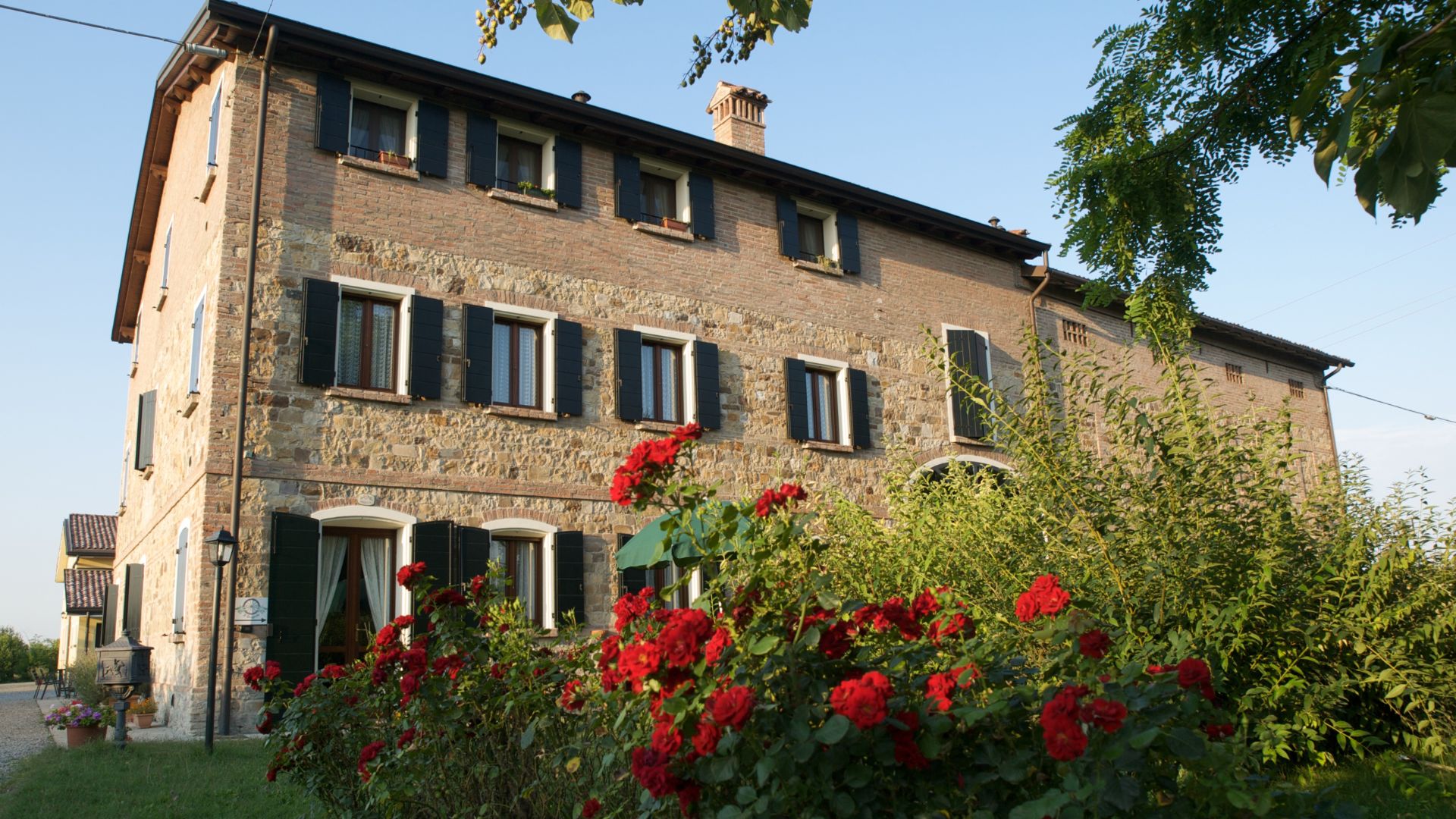
AGRITURISMO IL BRUGNOLO
Welcome to il Brugnolo
If you’re looking for completely independent apartments surrounded by greenery you really are in the right place here!
In fact, Brugnolo is immersed in the green nature of the Emilian countryside. For your relaxation, for that of your children, and again for the runs of your 4-legged friends, you will have 6000 square meters of park at your disposal!

